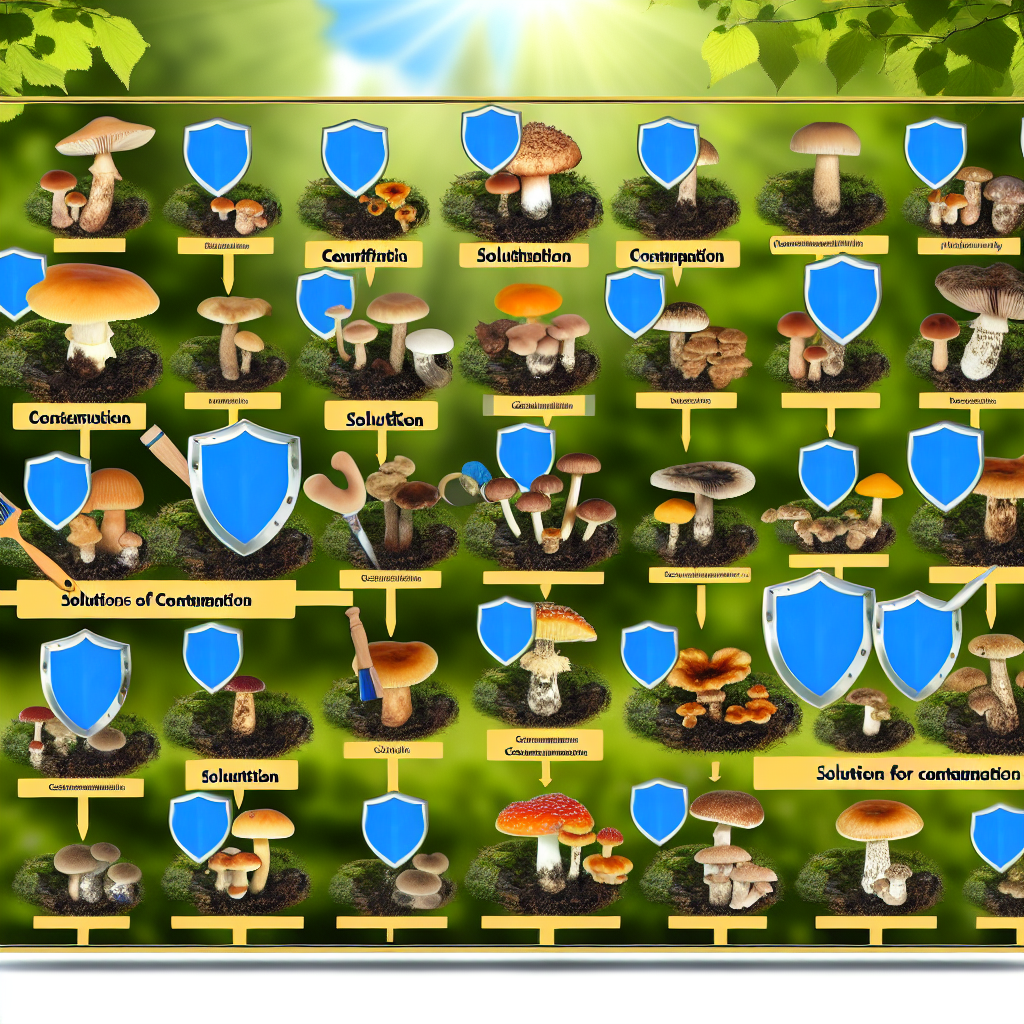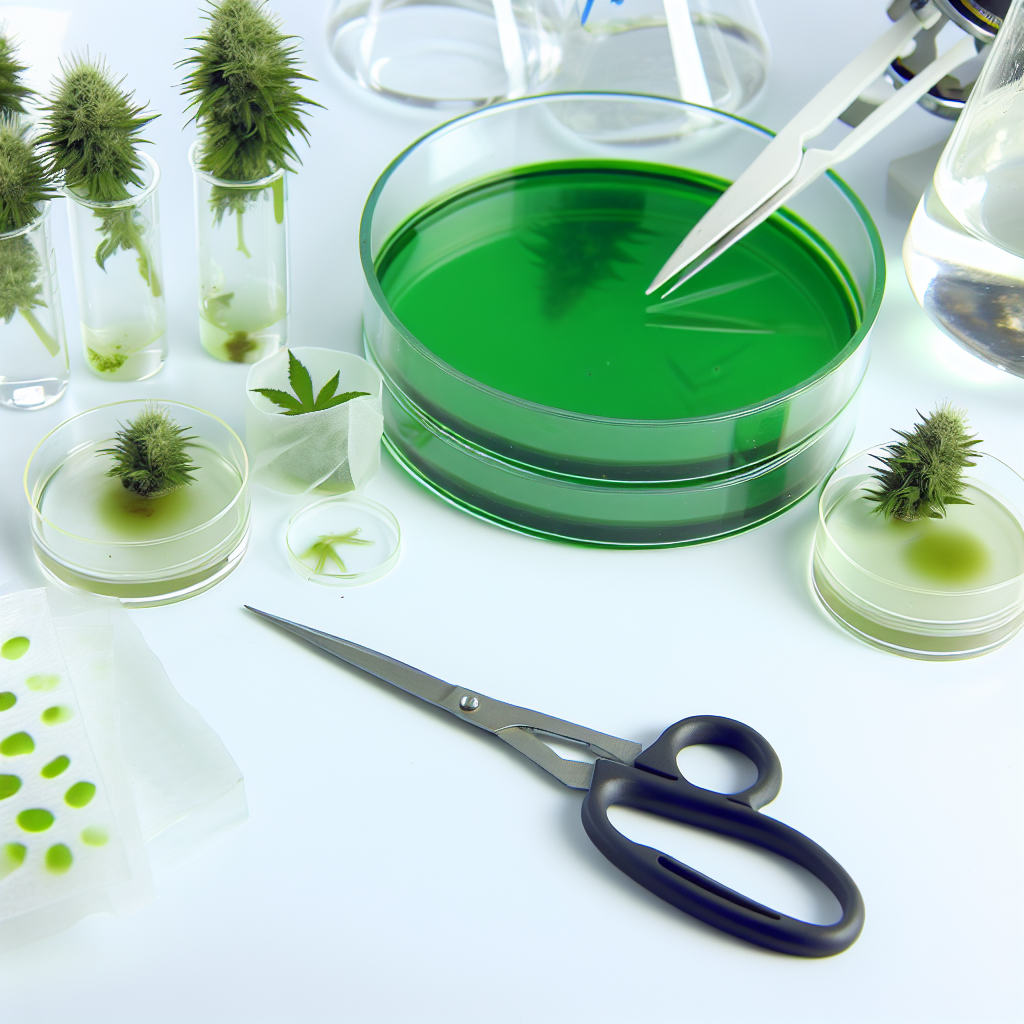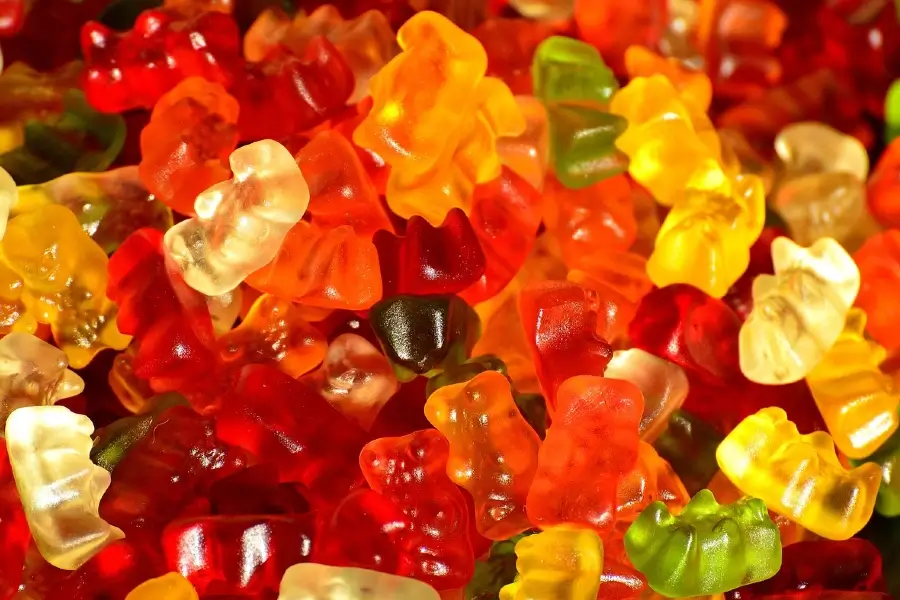# Mushroom Contam Identification Guide: 20 Common Culprits With Solutions
Why Contamination is a Major Threat in Mushroom Cultivation
The fascinating world of mycology is experiencing a cultural renaissance, particularly among cannabis professionals and enthusiasts exploring the potential of functional and psychedelic mushrooms. For therapeutic, spiritual, or entrepreneurial reasons, mushroom cultivation is becoming an exciting and complementary pursuit. However, growing mushrooms indoors is an art that demands precision—and contamination is public enemy number one.
Mushroom contamination isn’t just about lost yields. Bacteria, molds, and other pathogens can release dangerous spores or toxins, posing risks to your health and your entire crop. Much like nutrient burn or pest outbreaks in cannabis cultivation, these microbial threats can derail your grow if not caught in time.
Fortunately, many principles from cannabis cultivation—like sterilization, airflow management, and environmental control—also apply to mushrooms. This guide walks you through the 20 most common contaminants, their identifying signs, and how to get rid of them so your mushroom operation can thrive contamination-free.
Science-Backed Strategies Meet Professional Cultivation Practices
Understanding mushroom contamination isn’t just about textbook definitions. It’s about bridging scientific research with real-world cultivation techniques. From lab studies to grow room protocols, here’s a look at the clinical and professional insights helping shape modern mycology hygiene.
✅ According to a 2016 study in the *Journal of Applied Microbiology*, Trichoderma produces enzymes that destroy mushroom mycelium. Early signs include green or green-blue mold growing on white mycelium. Immediate disposal protects your setup from further infection.
(Source: [Almeida et al., 2016](https://onlinelibrary.wiley.com/doi/abs/10.1111/jam.13177))
✅ Bacillus species like B. subtilis thrive in moist, warm substrates. They cause “sour rot” or “wet spot.” A study in the *International Journal of Food Microbiology* shows spores resist normal sterilization, requiring high heat and pro-level sterile tools.
(Source: [Chen et al., 2018](https://www.sciencedirect.com/science/article/abs/pii/S016816051830263X))
✅ Industry-grade equipment like HEPA filters and laminar flow hoods—common in cannabis and pharmaceutical culturing—are becoming essential in large-scale mushroom facilities.
✅ A 2021 study published in *Mycological Progress* warns growers of Penicillium and Aspergillus species, which emit harmful mycotoxins that jeopardize respiratory health. Enclosed growers should use protective masks and ventilation systems.
(Source: [Mycological Progress, 2021](https://link.springer.com/journal/11557))
With the crossover of hygienic cannabis growing techniques and advancements such as DNA barcoding and Petri dish analysis, modern mycologists enjoy stronger diagnostic precision than ever before.
Top 20 Mushroom Contaminants (And How to Kill Them)
Here’s your breakdown of the most common contamination threats in mycology. For each one, you’ll find key signs, symptoms, and actionable tactics to remove the problem before it spreads.
1. 🟩 Trichoderma (Green Mold)
Watch for fast-growing green patches over white mycelium. Discard immediately and sterilize all gear.
2. 🔵 Penicillium
Blueish-green mold with a dusty texture. Indicates air leaks or poor sterilization. Improve air control.
3. 🟢 Aspergillus
Yellow-green mold with a powdery surface; known for producing toxins. Wear a mask and discard.
4. ⚪ Cobweb Mold (Dactylium)
Wispy, gray filaments crawling over your casing. Treat early with hydrogen peroxide misting.
5. 🤢 Bacillus spp. (Wet Spot or Sour Rot)
Smells sour; appears wet and slimy. Caused by wet grain and poor sterilization. Pressure cook longer.
6. 🔴 Lipstick Mold (Gliocladium)
Pinkish-red fungal growth—often terminal. Toss jars immediately and scrub the area clean.
7. 🍾 Yeast Contamination
Sweet or alcoholic odor; bubbly lesion appearance. Prevent by lowering moisture and sterilizing better.
8. ⚫ Mucor
Piles of black fuzz in substrate or casing layer. Toxic. Use full PPE, toss substrate immediately.
9. 🍞 Rhizopus (Bread Mold)
Dense black blotches indicating spore-rich contamination. Wear respiratory protection.
10. 🌱 Actinomycetes (Earthy Odor)
Crumbly white bits that smell like dirt—usually a sign of bacteria. Eliminate wet or dense grain pockets.
11. 🌸 Fusarium
Reddish-pink mold streaks. Spreads fast—sterilize or discard contaminated vessels immediately.
12. 💡 Verticillium
White-to-pink growth causing cap deformities. Remove malformed fruit and disinfect area.
13. 🟤 Bacterial Blotch
Reddish or brown caps due to high humidity. Improve airflow and reduce misting.
14. 🍯 Slime Mold
Glossy yellow ooze—not dangerous but highly invasive. Improve airflow and scrape off by hand.
15. 😷 Mycogone (Wet Bubble)
Deforms caps into soggy blobs. Prevent with proper pH and sanitation routines.
16. 🍄 Pseudomonas tolaasii
Brown lesions on caps, common in humid farms. Remove affected mushrooms and disinfect chamber.
17. 🧵 Chaetomium
Hairy green mold; mistaken for Trichoderma. Remove with gloves and sanitize area.
18. 🟡 Serpula Lacrymans (Dry Rot)
Yellow clusters indicating system rot. Clean entire facility or replace your substrate setup.
19. ⚠️ Stachybotrys (Black Mold)
Extremely dangerous and releases toxins. Disassemble your grow setup and decontaminate everything.
20. 🫒 Cladosporium
Olive-green spots on substrate—sign of poor air filtration. Improve cleanroom protocol.
Closing Thoughts: Prevention Is the Best Protection
Contamination can turn a promising mushroom grow into a disaster overnight. But armed with the right knowledge, clean techniques, and an eye for early warning signs, you can prevent most outbreaks before they take hold.
For cannabis growers stepping into the world of mycology, your expertise in airflow, sanitation, and environmental control gives you a huge head start. Apply those cleanroom principles, keep humidity in check, and invest in good filtration—your mushrooms will thank you.
The mycology space is growing fast, and staying informed is your best line of defense. With this guide in hand, whether you’re fruiting gourmet strains or exploring psychedelics, you have a clear path toward contamination-free success.
References
– Almeida, F. B., et al. (2016). Control of Trichoderma spp. contamination in mushroom substrates. *Journal of Applied Microbiology*. [Read the study](https://onlinelibrary.wiley.com/doi/abs/10.1111/jam.13177)
– Chen, Y. Q., et al. (2018). Bacillus contamination in solid-state fermentation. *International Journal of Food Microbiology*. [Read the study](https://www.sciencedirect.com/science/article/abs/pii/S016816051830263X)
– WHO (2020). Good Manufacturing Practices Guidelines. *World Health Organization*. [View guidelines](https://www.who.int/publications/i/item/WHO-TRS-999-annex2)
– Mycological Progress. (2021). Identification and control of fungal contaminants in mushroom production. [Explore the journal](https://link.springer.com/journal/11557)
Concise Summary:
This comprehensive guide covers the top 20 mushroom contaminants, including Trichoderma, Penicillium, Aspergillus, and more. Learn to identify the warning signs, understand the science behind these threats, and discover effective strategies to prevent and eliminate contamination in your mushroom grow operation. With expert insights from cannabis cultivation and mycology research, you’ll have the knowledge to cultivate clean, healthy mushrooms.




